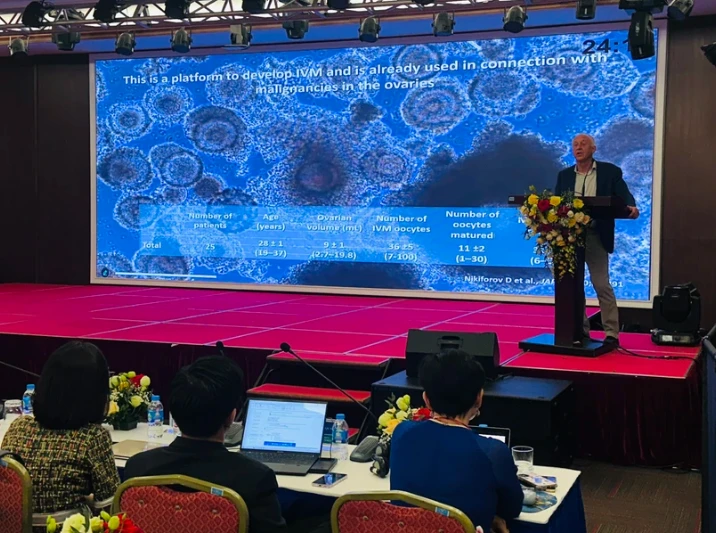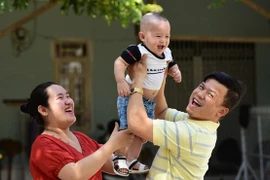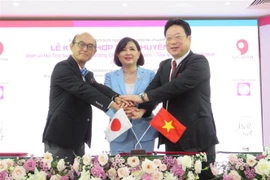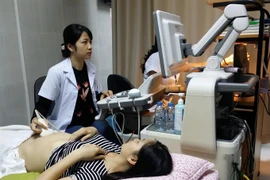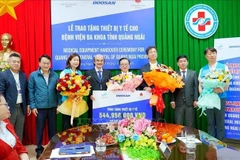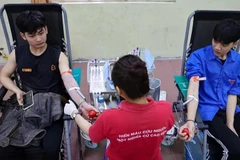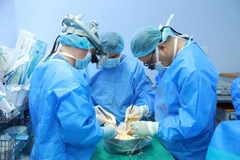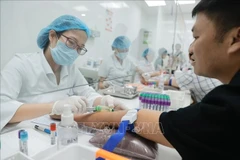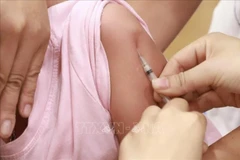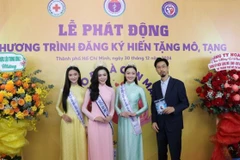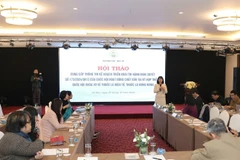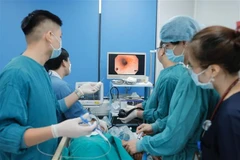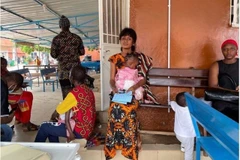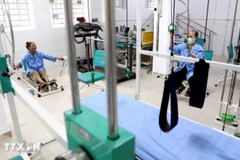Hanoi (VNA) - Recent statistics from the World Health Organisation and Vietnam’s Ministry of Health reveal that infertility rates in the Southeast Asian nation are increasing, with half of these cases affecting couples under 30, heard a reproductive health symposium held in Hanoi on October 11.
According to the Ministry of Health, Vietnam's infertility rate stands at 7.7%. Secondary infertility cases have been rising by 15-20% annually, accounting for over half of infertility cases nationwide. Each year, it is estimated that around one million couples in the country struggle with the condition, with 50% of them less than 30 years old.
The 2023 data revealed stark disparities in fertility rates across income groups. The wealthiest segment has a fertility rate of 2 children, while the poorest maintains a rate of 2.4 children. Those with a fairly good and average standard of living have fertility rates ranging from 2.03 to 2.07 children.
Statistics from the World Health Organisation also indicate that in the Asia-Pacific, Vietnam has one of the lowest birth rates and highest infertility rates globally.
Therefore, updating knowledge and sharing the latest research and advanced technology in reproductive health – particularly in fertility preservation techniques – has become increasingly essential.
Associate Professor Pham Ba Nha, Director of the women’s health centre at Vinmec Times City International Hospital – owned by Vietnamese conglomerate Vingroup, noted that the conference brought together leading national and international experts, who share advancements in medical technology, particularly genetics and embryology, aiming not only to address infertility but also to improve the genetic quality and the health of future generations.
Among the delegates is Professor Claus Yding Andersen, a pioneer in reproductive support who helped introduce IVF in Denmark and has led an ovarian and testicular tissue cryopreservation programme for over 15 years.
At the event, he shared insights with Vietnamese medical professionals into fertility preservation methods for older patients.
After treatment, when conditions permit, patients can use preserved ovarian tissue to achieve pregnancy naturally. The advantage of the method is that it can be implemented immediately, without delaying the patient’s medical treatment process.
“Denmark, with a population of over six million, has successfully cryopreserved ovarian tissue for over 1,500 women, of whom 150 have received tissue transplants, resulting in 50 live births,” the expert shared.
He said that with its substantial population of over 100 million, favourable facilities, and well-trained medical professionals, Vietnam has the potential to offer ovarian tissue preservation to about 2,000 women on an annual basis.
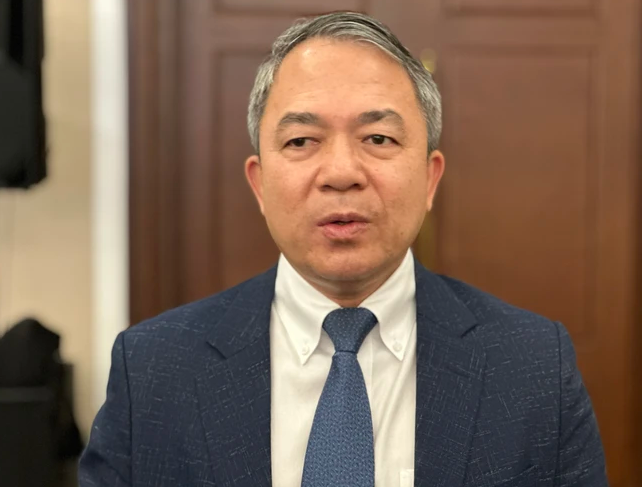
Associate Professor Nha said that cryopreservation can proceed without delaying ongoing treatments, including cancer therapies, offering patients a chance to preserve their fertility and pursue motherhood post-treatment.
According to him, this approach is particularly helpful for cancer survivors, women facing severe health issues, and even aging patients or newborns with early health complications. Patients can undergo ovarian tissue freezing during reproductive or pubertal ages, and even in the years approaching menopause. This technique supports hormone regulation, helps prevent cardiovascular disease and osteoporosis, extends lifespan, and enhances women’s overall health.
He stressed that Vinmec has invested in developing this cutting-edge technology, collaborating with international experts to bring ovarian tissue cryopreservation to Vietnam, aiming for the first cases to be conducted by early 2025./.
